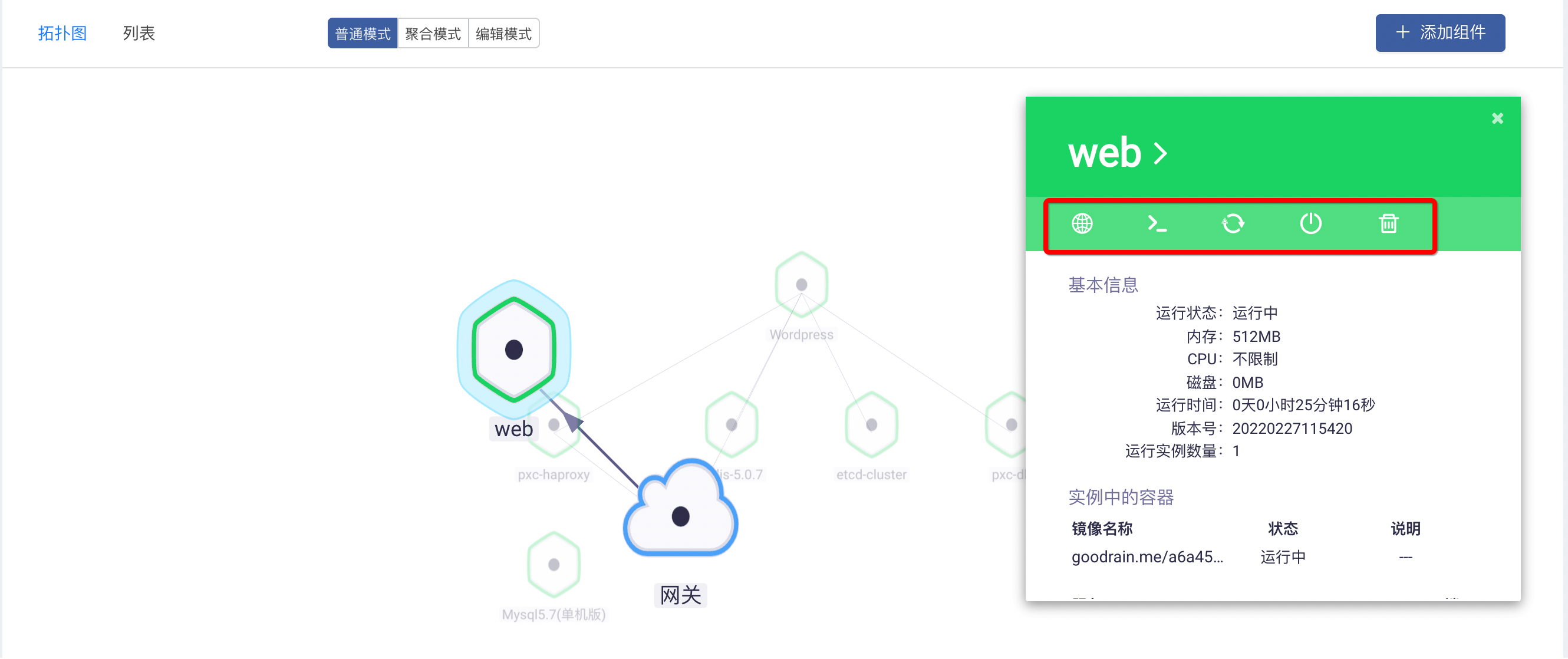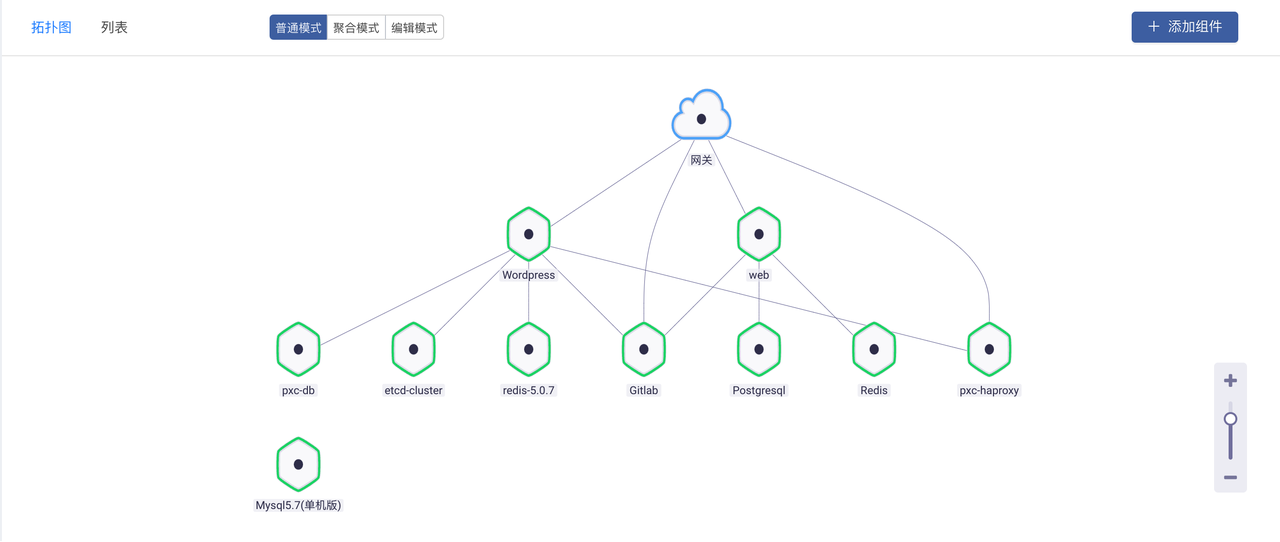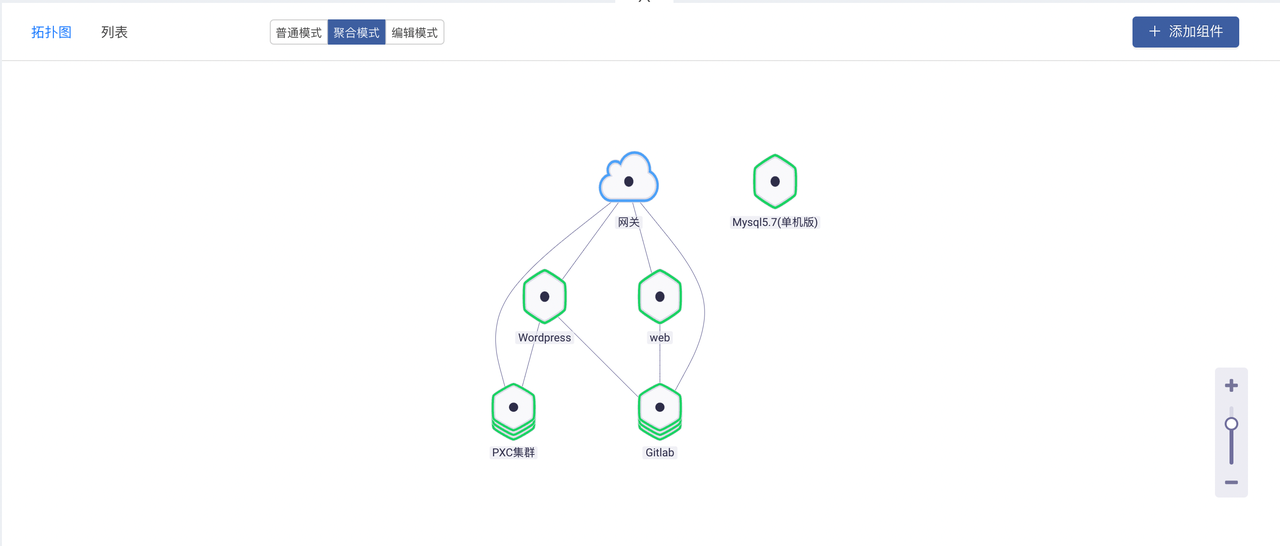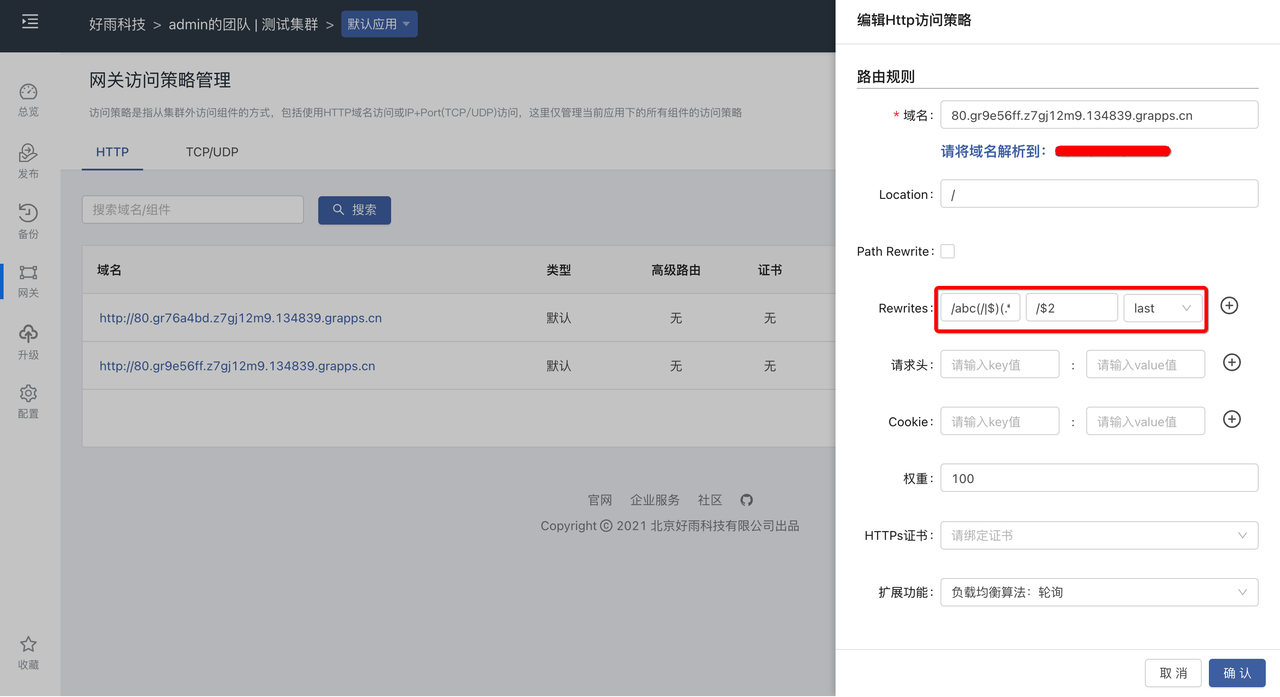v5.6.0-release
Version Changes (5.5.0-5.6.0)
Interpretation of main function points:
1. Support single-machine fast experience
In order to facilitate the rapid installation and experience of Rainbond on a single computer, the current version supports installation and experience through one command. The supported platforms now include:
- Linux
- Linux (ARM)
- Mac (Intel)
- Mac (M1)
- Windows
https://www.rainbond.com/docs/quick-start/quick-install/
2. Support Helm installation method
Helm provides a set of simple and easy-to-use command lines to complete the installation, update, upgrade, rollback and other operations of the application with the help of the Charts package made by the developer.The current version adapts most of the Kubernetes types available on the market through Helm as a package management tool, these types include:
Various versions of standard Kubernetes clusters deployed using different installation tools (e.g. kubeadm, sealos);
Kubernetes-as-a-service cloud products launched by major cloud service providers, such as Alibaba Cloud ACK, Tencent Cloud TKE, and Huawei Cloud CCE;
Other container infrastructures based on Kubernetes specifications, such as Rancher, K3s, Kubedge;
https://www.rainbond.com/docs/user-operations/deploy/install-with-helm/k8s-install-with-helm/
3. Optimize the operating experience of the topology map
In the previous version, because Rainbond displayed many levels, when users operated a single component, they often needed to switch to the component view, which made the user operate with more levels and could not obtain the required information in the first time.This time, we optimized the display information of the topology map, so that it can give more information and operate at the application level.Reduce the operational burden of entering component views.
The new version display information is as:

In the new version, a row of component operation buttons is given at the display information of the topology map, which are access component, enter Web terminal, update component, close component, delete component.Users can quickly operate the component according to these buttons, and the container information in the component is displayed below.Greatly improve the user's operating efficiency.
4. Add topology graph aggregation mode
In the actual use of the enterprise, the components of one application often depend on the components of other applications. At this time, the topology map information seen by the user will be large and cluttered, and it is impossible to quickly distinguish the applications to which other components belong.At this time, for the user, the dependencies between multiple applications are not clear.To address this issue, we have added a topology graph aggregation mode.In this case, the dependencies between multiple applications can be displayed more clearly.
In normal mode, you can see that the application depends on multiple components, but we are not clear about the relationship between these components.

We switch to aggregation mode, and we can see that the relationship between components and other applications is clear.

Click on the topology map of the Gitlab application, we can know the running status of the application and the information of the dependent components.

5. Support gateway path rewriting
Previously, the Rainbond gateway only implemented a simple location proxy, and did not provide functions related to route rewriting.When there is such a demand:
To access:http://example/abc/index.html by adding an extra virtual directory to the path of the target service http:{upstream}.Achieve the effect of http://example/abc/index.html => http://{upstream-1}/index.html.The corresponding gateway configuration is as follows.
location / {
rewrite /abc(/|$)(.*) /$2 last;
proxy_pass http://127.0.0.1;
}
Now we need to implement this complex rewrite configuration, just fill in the corresponding fields on the UI, as shown in the following figure:

Detailed change points
new features
[Application Management] Improve the display information of the topology map;
【Application Management】Support topology graph aggregation mode;
[Gateway management] Support gateway path rewriting;@pescox
Optimization function
[Component management] Optimize the process of adding components;
[Installation] Support arm64 version;
[Installation] Support helm installation;
[Installation] Support docker in docker to start the test environment;
BUG fix
[Component Management] Fix the problem that the gateway policy cannot be accessed after the component is built
[Component management] Fix the problem that stateful components (such as Mysql cluster) cannot be started
[Performance] Fix the memory leak problem of rbd-worker @pescox
【Installation】Fixed the problem of incomplete display of error information during installation
[Component management] Fix the problem that the third-party component information associated with the helm application is incorrect
Thanks @pescox for contributions at #1125,#1139,#1143
Thanks @xixinlove for the contribution #1141
Upgrade method
Support upgrade from version 5.5.0,upgrade reference documentation
Users of other versions, please upgrade the version in sequence, please upgrade to 5.5.0